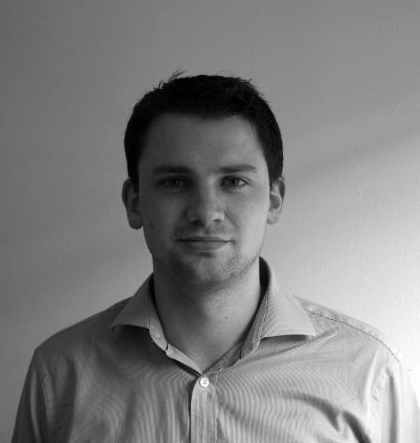
The major providers of remote site inspection and construction project management systems will continue to buy up smaller rivals as the demand for huge data environments grows.
Speaking during the Digital Construction Summit, Trimble Viewpoint BIM strategy and partnership manager Ben Wallbank said he expected the big players like Trimble, IBM, Oracle and Autodesk to be best placed to deal with issues around data environments.
“If we are talking about heading towards where the Centre for Digital Built Britain is seeing us go, which is cross-sector data, data being able to flow not just between product A and product B but in a much wider way, then in the longer term I think it can only be these big players who are dealing with data on these huge scales and working in different sectors,” he said.
“In my view, small companies can solve discrete problems incredibly well and will continue to do so. But in terms of those really big issues, I think only the big players are going to be able to do this, and this is why you are seeing the consolidation, with major players buying up these key components. That is a personal view, but I do think that is the case,” Wallbank added.
He was speaking during the “The future of remote inspection now” webinar, sponsored by Trimble Viewpoint.
Remote inspection of facades
The remote inspection of building façades using a combination of cutting-edge technologies can lead to the discovery of deeper problems with a building. That’s according to Andrew Agapiou, senior lecturer in architecture at the University of Strathclyde, speaking in the same webinar. He is part of a project to develop a framework integrating the likes of virtual reality and digital photogrammetry to collect real-time data that supports automated decision-making.
Asked by a delegate if the framework could identify concealed issues such as missing ties, or problems with the DPC or insulation, Agapiou said: “Our focus was on identifying surface or façade defects, such as cracks in the brickwork, anomalies on the concrete stands, damage or defects on the roof felting and so on. But cracks on the surface of materials, particularly façades, are a symptom of another problem that the approach we took in this case could help to uncover.”
The University of Strathclyde is now looking to develop the tool further by introducing a mobile application, offline functionality, the integration of machine learning algorithms, support for 2D as well as 3D plans, and a plugin to extract drawings.
The Summit was run as a virtual even with nearly 1,000 industry professionals registering for the three webinars over two days. Partners for the event were the Chartered Institute of Building, Revizto and Trimble Viewpoint, Construction Manager and BIMplus.
Read the coverage of the rest of the Summit:












